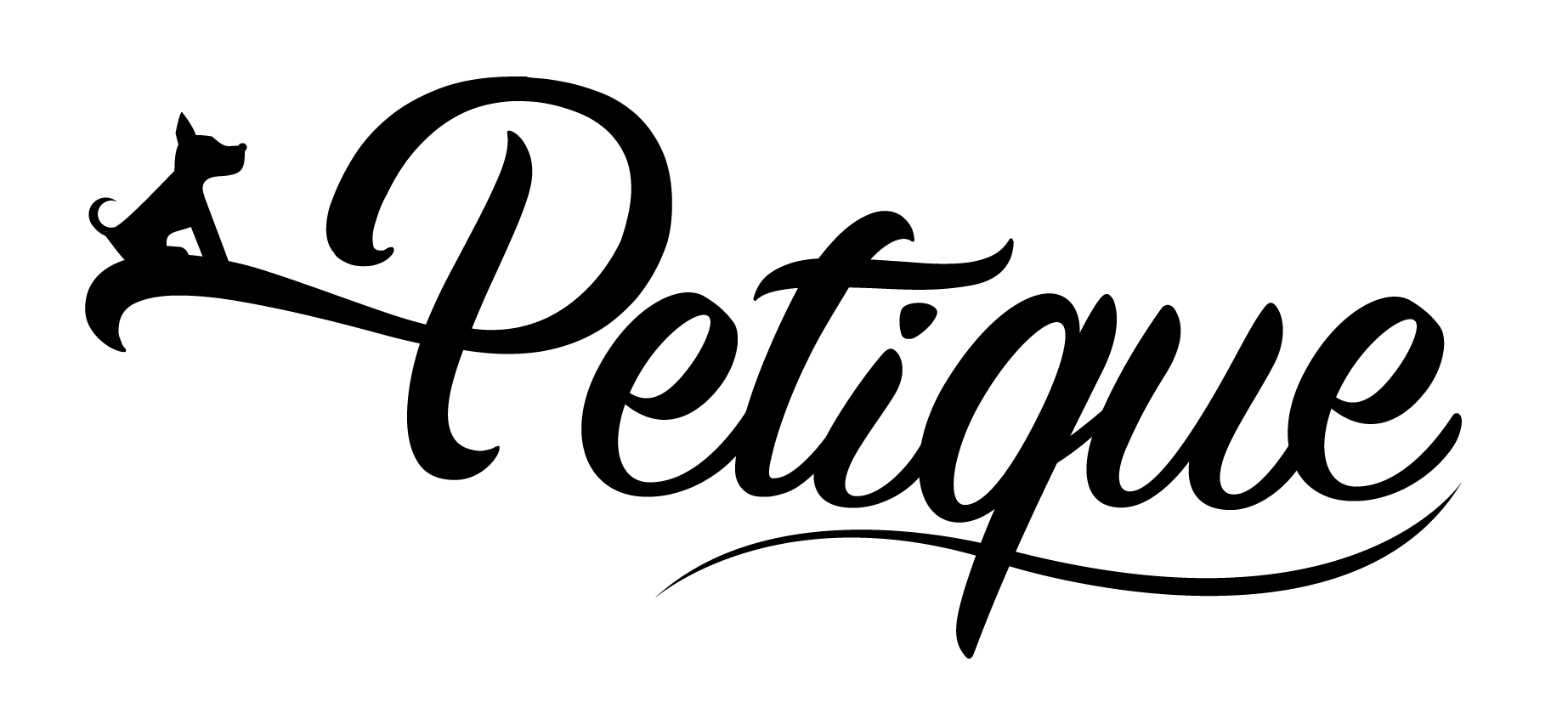Congratulations! If you’re reading this, you are probably now in the possession of newly acquired puppy or adult dog. The first thing you've done is cover them in hugs and kisses. Now that you've exhausted yourself, you want to take your new pupper out for a walk. Get them some exercise and show them off to the world! However when you put their collar/harness on and attach the leash, your dog will be in a state of confusion. They have no idea where you're leading them. They might even take the lead and more than likely they will wrap your legs around with the leash. There are a few big differences in teaching a puppy to walk on a leash versus teaching an adult dog to walk on a leash, but here are a few things to keep in mind regardless of your dog’s age.
- Let your dog get used to the collar or harness before going outside. It may take them a while to adjust to the feeling, so reinforce this time with play and treats!
- Practice walking on a leash inside first to minimize distractions. Walk through your house with your pup, praising them for good behavior.
- Practice walking in your backyard. The sights, smells, and noises of the outdoors are enough to overwhelm any dog, so take them somewhere they’re familiar with first.
Your dog or puppy will probably want to cover ground fast when exploring outside, so they may pull or tug on their leash. Instead of yanking on the leash or yelling at them, use these tricks:
- Try the “tree” trick – If your dog is pulling on the leash and won’t walk beside you, turn yourself into a “tree” by standing still and refusing to move. Wait until your dog returns to your side before continuing the walk. This tactic can also help you avoid spending money on expensive harnesses or leads designed for dogs that pull.
- Be proactive – If you see another person or animal coming towards you while walking, be proactive by crossing the street or creating distance. Once you’re at a safe distance, reward them with a treat or affection. This will redirect your pup’s attention and prevent them from lunging.
- Have them sit – Periodically asking your dog to sit during a walk is a good way to break their focus and bring their attention back to you. If your dog starts to get too excited or anxious during a walk, ask them to sit for a few minutes to calm down.
You might start to feel soreness in your shoulder and arm after the first couple of times you training your dog to walk with a leash might be the soreness you’ll start feeling in your shoulder and arm. This is a result in your dog pulling on the leash. Petique’s Reflective Leashes are designed with reflective strips and a shock absorbing spring to keep you and your pets safe during your walks. The shock absorbing spring helps absorb the tug. It helps relieve pressure on your dog or cat's neck as well as your arm. The thinner leash is recommended for lightweight pets and the thicker leash is more suitable for heavier pets. For dogs that tug and pull, the shorter leash is highly recommended. Walking your pets will be more comfortable and enjoyable! Even when you have a dog that tugs, the grip is extremely comfortable on your hands!
About Petique, Inc.
Located in Ontario, California, Petique, Inc. is a women owned business specializing in non-toxic pet supplies and consumables that help your dogs, cats, and small animals live a longer and healthier life. As pet owners, we share a passion in creating a safe, healthy and fun environment for your furry family members. We strive to create high quality pet products that conserve ecological resources whenever possible, while avoiding depletion of natural resources. With more than 30 years of experience in manufacturing, product development and design, we take pride in creating eco-friendly and non-toxic items, reliable travel gear and innovative products. Contact us today, visit our website or call (909) 673-0998.



